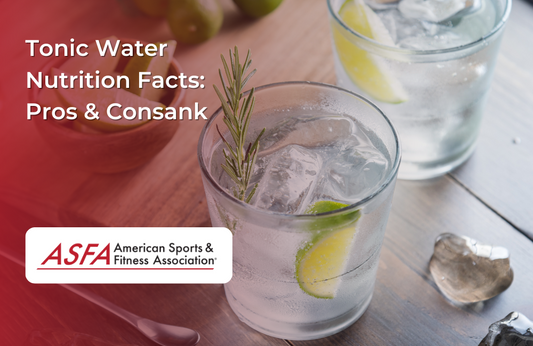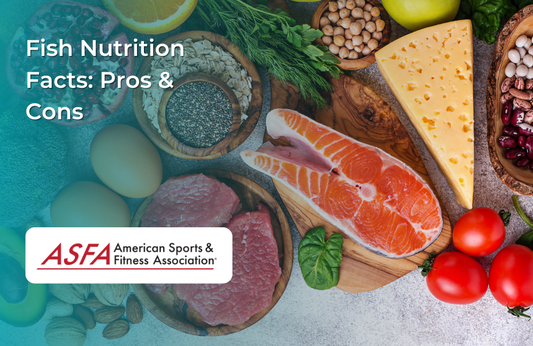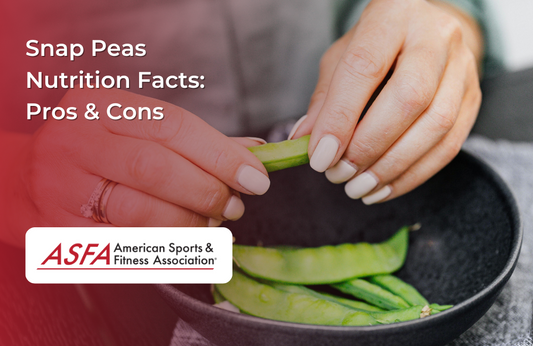A "hardgainer" is a term used to describe individuals who find it challenging to gain muscle mass and weight despite consistent efforts in strength training and proper nutrition. Hardgainers often face difficulties in putting on muscle and may struggle to achieve their desired physique. Understanding the characteristics and challenges of hardgainers is essential to develop effective strategies for muscle gain.
Characteristics of Hardgainers:
- Fast Metabolism: Hardgainers tend to have a naturally fast metabolism, which means they burn calories quickly. This can make it challenging to maintain a caloric surplus needed for muscle gain.
- Thin Build: They often have a slender and ectomorphic body type, with narrow shoulders, a smaller frame, and less muscle mass.
- Difficulty Gaining Weight: Hardgainers find it hard to gain both muscle and fat, making it challenging to increase body weight.
- Lack of Muscle Definition: Despite regular workouts, hardgainers may struggle to develop muscle definition and size.
Challenges for Hardgainers:
- Caloric Intake: Meeting the increased caloric needs for muscle gain can be difficult for hardgainers due to their fast metabolism. They may need to consume significantly more calories than they are used to.
- Nutrient Timing: Properly timing meals and snacks to support muscle growth can be a challenge for hardgainers. Consistent nutrient intake before and after workouts is crucial.
- Resistance to Muscle Growth: Some hardgainers may experience slow muscle growth and may need to incorporate specific training techniques to overcome plateaus.
Strategies for Hardgainers:
- Caloric Surplus: To gain muscle, hardgainers must create a caloric surplus by consuming more calories than they burn. This involves increasing portion sizes and including calorie-dense foods in their diet.
- Protein Intake: Protein is essential for muscle repair and growth. Hardgainers should prioritize protein-rich foods in their diet, including lean meats, poultry, fish, dairy, and plant-based sources like beans and tofu.
- Carbohydrates and Fats: Include complex carbohydrates and healthy fats in your diet to provide energy and support overall health. Foods like whole grains, fruits, vegetables, avocados, and nuts are valuable additions.
- Resistance Training: Engage in a well-structured resistance training program that focuses on compound exercises and progressive overload. Lift heavy weights with proper form and gradually increase resistance over time.
- Nutrient Timing: Consume a balanced meal or snack containing protein and carbohydrates before and after workouts to provide your muscles with the necessary nutrients for growth and recovery.
- Supplementation: Consider supplementing with protein powders, creatine, and other muscle-building supplements, but consult with a healthcare professional or nutritionist before adding any supplements to your regimen.
- Rest and Recovery: Allow your muscles adequate time to recover between workouts. Ensure you get enough quality sleep to support muscle repair.
- Tracking Progress: Keep a journal to monitor your workouts, nutrition, and body measurements. Adjust your plan based on your results.
- Seek Professional Guidance: Consider working with a certified fitness trainer or coach who specializes in working with hardgainers. They can create a tailored workout and nutrition plan to address your specific needs.
It's important to note that building muscle as a hardgainer may take more time and patience than for individuals with different body types. However, with the right approach, consistent effort, and proper guidance, hardgainers can achieve their muscle-building goals and develop a stronger, more defined physique.





